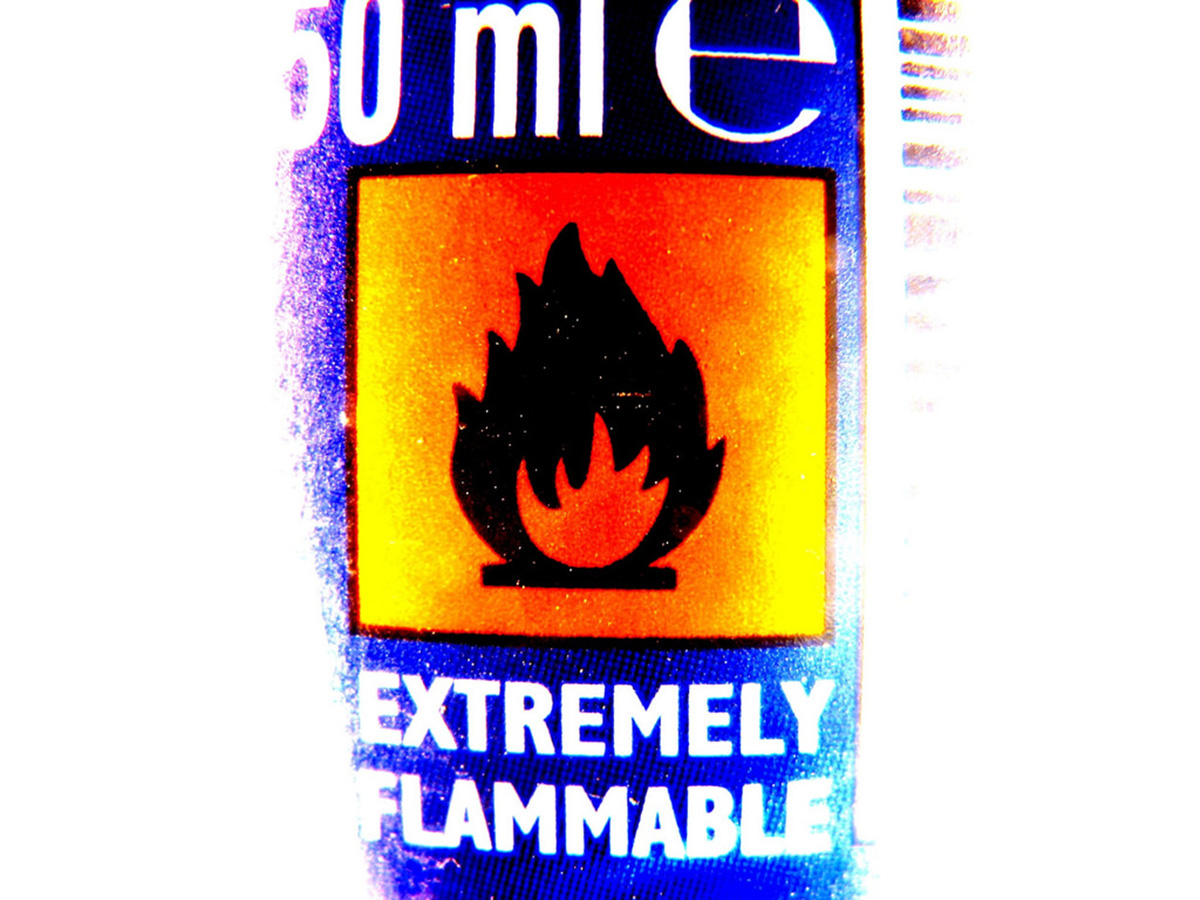What Is Aluminum?
Aluminum is a chemical element found everywhere, in the homes we live, in the cars we drive, in computers and mobile phones we use every day, and apparently even in our beauty products. It's very functional. It's the 13th element in the periodic table. This silvery-looking metal is the most widely spread metal on the planet, taking up about 8% of the Earth's core. And no — it's not dangerous in all its forms.

Difference Between Deodorants And Antiperspirants
You probably think: “Okay, aluminum's a metal, it's for the little parts in my phone, what is it doing in my deodorant?” Well, to cover this, we first have to clear up the difference between deodorants and antiperspirants.
Although many people use these terms interchangeably, they're not the same thing. What antiperspirants do is that they prevent sweating, and deodorants allow sweating, but prevent the bad smell. Sweating is body's natural process of cooling down when it becomes too hot. This means deodorants are more healthy and should be the first choice, but some people are very self-conscious about sweating, and they can't go without antiperspirants even a day.
Dangers Of Aluminum And Other Chemicals
Besides aluminum, deodorants and antiperspirants also contain parabens and synthetic fragrances — few other substances humans are sensitive to. If your armpit skin often feels irritated, it's because some of these ingredients harm you, and your body fights them with allergic reaction. Aluminum has been connected in the past with some scary and horrific illnesses like:
-
Breast cancer
-
Alzheimer’s
-
Kidney problems
-
Bone problems
READ Health Risks of Perfumes: Chemicals Hidden In Perfumes And Their Health Effects
Research Behind The Dangers
Researchers at Reading University in Britain have found a possible connection between rising rates of breast cancer and the use of antiperspirants. In the last 25 years, breast cancer numbers have doubled, from 20.000 in 1970's to 40.000 cases that Britain has today. There weren't so many deodorants in the 70's as nowadays, and people weren't removing armpit hair as often as they do now.
Even though there's no actual prove to show the dangers of aluminum, some reports have suggested that products containing aluminum chlorohydrate are extremely harmful because the chemical can be absorbed through the skin, or enter the body through cracks and nicks caused by waxing and shaving.
Aluminum has been proven to interfere with estrogen (metal that does this is called a metalloestrogen.) Scientists suspect that metalloestrogens increase breast cancer risks. However, National Cancer Institute did a research on this issue and they didn't find evidence linking the use of antiperspirants with the development of breast cancer or mental issues. They stated that “more research is needed”. You don't say?! The Food and Drug Administration which regulates cosmetic products has reported that they also found no evidence that links antiperspirants with growth of cancerous cells.
Benefits Of Using Natural Antiperspirants
Aluminum-Free Products
Buying aluminum-free antiperspirants from now on is perhaps the best option. It's a good thing that they're more available on the market, and that many companies are making them, unlike few years ago when they were almost impossible to find. The only downside is that they're more expensive than regular antiperspirants and deodorants containing aluminum chlorohydrate. They're almost twice as expensive as “regular” products, it will definitely prevent many people from purchasing the healthier option.

What's Wrong With Ingredients Lists?
Many manufacturers don't fully disclose the ingredients. Some companies don't know how to do it, some make involuntary mistakes, but most of the time it happens because they're trying to hide something.
Ingredients To Avoid
Buying aluminum-free product may not be enough since there are many other chemicals that are high risks like parabens (ethyl, methyl, butyl, propyl and benzyl), steareths (numbered differently), TEA and DEA (triethanolamine and diethanolamine), triclosan, propylene glycol, and artificial colors.
The FDA named triclosan a pesticide a long time ago, and it's still part of the ingredients list in antiperspirants and deodorants from most renowned brands. Not to even mention how much of the product we inhale when we spray the armpits. Scary, right?
Is Buying Organic Products Worth It?
If you can afford to pay more — than yes! Organic certification means that you can be sure what's on the ingredient list is ALL there is in the product, because the ingredients have been checked by a third party who certifies products as organic.
Organic deodorants contain no GMO, preservatives, fillers, and the most importantly — no aluminum. They are as natural as they can be. Besides being more expensive, another downside is that they don't smell as good as the regular products, but this is not that important when you compare it with all the benefits.
Natural or organic products don't contain synthetic chemicals that interfere with the body's natural sweating process. Sweating kills of bacteria and regulates our temperature. Sweating is a mechanism that defends us from toxins, and when we use antiperspirants, we're messing with this useful natural process.
READ Heaven Scent: How To Choose The Right Perfume
Natural Ingredients To Look For
Main ingredients that can be found in most organic antiperspirants are:
-
Essential oils (it can be sage, rosemary, lemongrass, tea tree oil, lavender) — Essential oils have antibacterial properties, they smell good and prevent odors
-
Baking soda — absorbs sweat
-
Witch-hazel — shrinks pores, soothes razor burns, evaporates sweat
-
Mineral salts — Non-irritant, forms temporary layer on the skin instead of clogging the pores, prevents growth of bacteria
If you can't buy organic products, at least try using antiperspirants as rarely as possible. Shower often, and don't wear it at least at home. Be responsible towards your health, and seek more natural products. Talk about this, share and comment, because most of the people are not even aware of the risks.
- Photo courtesy of aloshbennett: www.flickr.com/photos/aloshbennett/358265403/
- Photo courtesy of aloshbennett: www.flickr.com/photos/aloshbennett/358265403/
- Photo courtesy of quinnanya: www.flickr.com/photos/quinnanya/5893311986/


Your thoughts on this